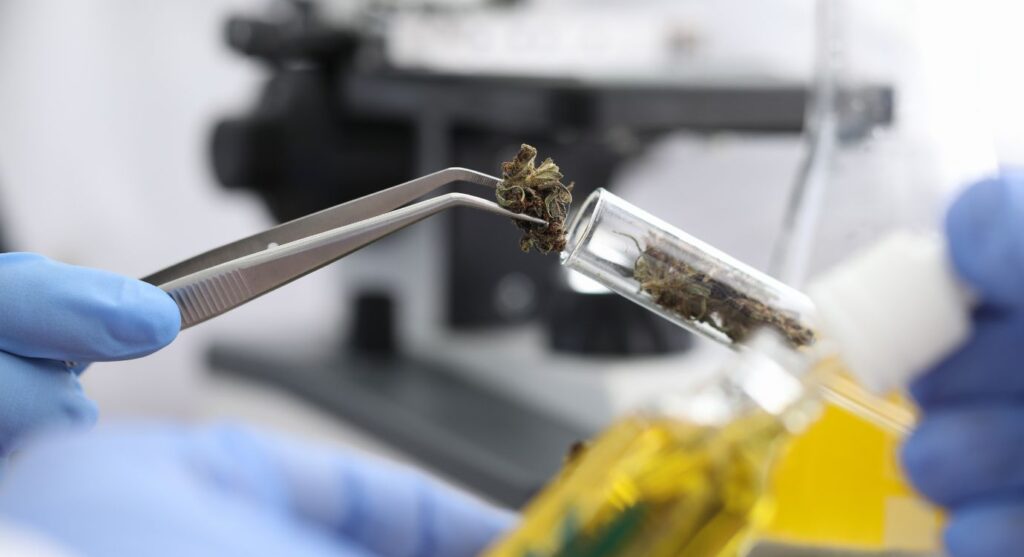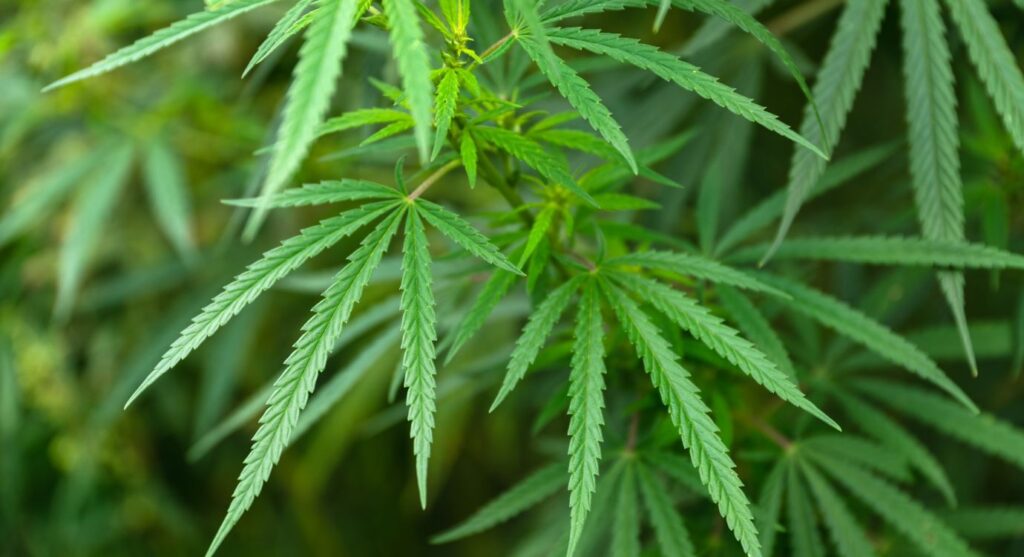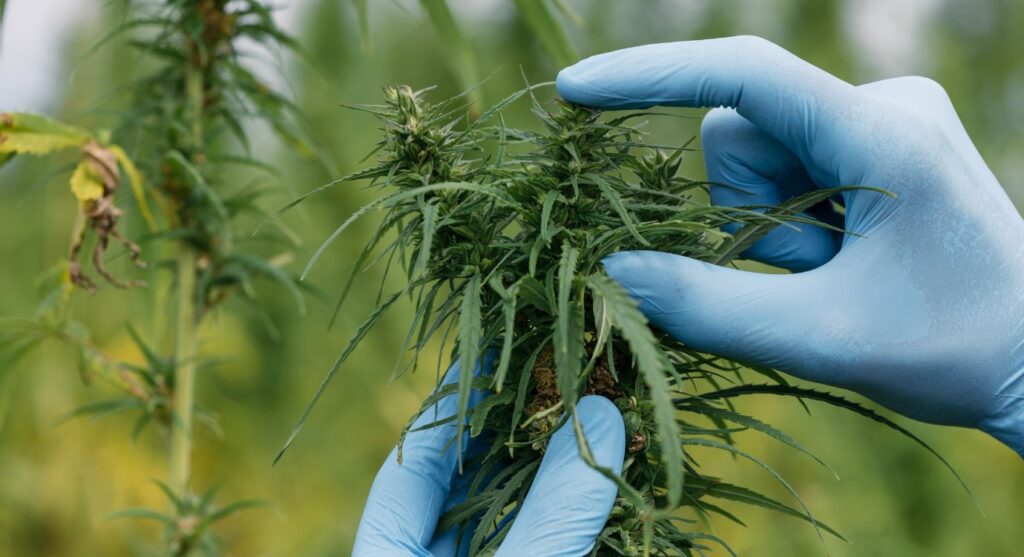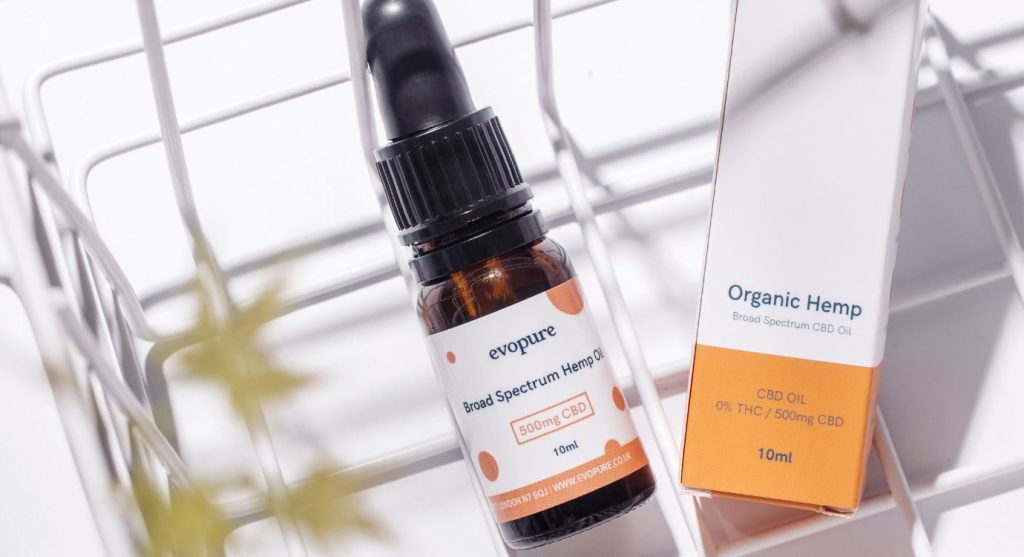Free delivery on all orders over £45
Free delivery on all orders over £45

Medically reviewed by
Out of 112 cannabinoids in the hemp plant, there is no question that THC and CBD are the most well-known.
One is the active ingredient in one of the most popular recreational drugs in the world, and the other is one of the most popular and promising supplements of our time, CBD oil.
In recent years, more and more people across the world have used it for its restorative and balancing effects.
But for many, the knowledge of cannabinoids and their effects ends there.
What is CBG, for example? Have you heard of THCV? We’re willing to bet you don’t but will do soon!
Seeing as many people are using CBD for its ability to promote wellness and restore balance to the body’s natural processes, many are questioning what other cannabinoids can do.
Let’s take a look at the known important cannabinoids other than THC and CBD and what they can or can’t do for you!
But first, what exactly are cannabinoids, and why do they differ so much?
Cannabinoids are compounds naturally found in hemp plants.
The hemp plant has many natural compounds, but among these, there are at least 66 confirmed cannabinoids and 113 suspected ones.
It is believed that these cannabinoids are able to influence the other parts of the plant and their effects.
For example, while THC is a psychoactive compound known for getting people high, strains of cannabis with high CBD content have been found to have the opposite effect, even when THC content remains high.
Read more: CBD vs THC
It is thought that in the same way, different ratios of cannabinoids can change the effect of CBD and its interactions with the endocannabinoid system.
While there are many unique cannabinoids, they are generally organised into specific subgroups:

Cannabinoids affect people by interacting with cannabinoid receptors, which are found all throughout the human central nervous system.
The two known receptors are referred to as CB1 and CB2.
Anandamide is a substance that naturally occurs in the brain and binds to these receptors.
Cannabinoids affect the brain by binding with these receptors and blocking any further anandamide from doing the same.
While the end result depends on the cannabinoid in question and the area of the brain it interacts with, most occur in the limbic system, the area responsible for our behavioural and emotional responses, including memory.
The receptors and the substances that bond with them are together known as the endocannabinoid system, which is responsible for maintaining homeostasis and general wellbeing throughout the body through moderation.
10% off on your first order
Complete this one-minute quiz and find the right products for you.
While most of the known list of cannabinoids are still relatively unknown in terms of their impacts, the most obvious difference between them is whether or not they have psychoactive effects.
CBG, CBC and CBD are not known to have any such effect at all.
On the other hand, THC, CBN, and CBDL are psychoactive to varying extents.
While CBD is by far the most common, with THC following close behind, the other cannabinoids are thought to vary in presence quite drastically depending on how the hemp or cannabis plant is grown.
For instance, more CBD in a cannabis strain means less of a “high” effect, even when THC content stays the same.
The ratios of cannabinoids in a hemp plant can vary based on a variety of factors, from soil condition and strain of hemp to nutrients and weather.
Even after a plant is harvested certain things can change. For example, THC turns into CBN when exposed to air which is significantly less psychoactive than THC itself.
It will be a while until the benefits (and potential downsides) of the other cannabinoids are fully understood, but some positive evidence has already been found.
For example:
It is important to remember that all of these studies are in their early stages and nothing has been officially confirmed.
Most studies have only been carried out on animals such as mice, so the results may not transfer to humans.
However, it is interesting to look at the potential properties of the hemp and cannabis plants.

If you are looking to benefit from different cannabinoids and their effects, choosing the right type of CBD is crucial.
So, let’s take a closer look the different types:
Therefore, if you want to get the best of all cannabinoids, you would have to use full spectrum or broad spectrum CBD.
In addition to the benefits of the cannabinoids, using full spectrum and broad spectrum CBD will also allow you to experience the entourage effect.
This is a theory that the benefits of CBD are maximized when it is consumed alongside other cannabinoids and compounds.
So, how do you consume it?
These types of CBD are available in a variety of products – such as CBD oils, CBD capsules, CBD balms, CBD tea, CBD coffee and more.
Whatever CBD product you use, we recommend always reading your CBD lab results to confirm the full cannabinoids profile of products.
One thing to note is that there is a small chance that full-spectrum CBD oil may trigger a positive result on a drug test, so if you are an athlete using CBD or if you regularly get drug tested at work, broad-spectrum CBD is your best choice!

We’ve only just begun to explore the magical world of cannabinoids and their effects.
While we truly believe there is potential yet to be discovered, we recommend treading cautiously and doing your research and speaking to a medical professional before consuming new cannabinoids.
Sign up for the Evopure newsletter:
This product is not for use by or sale to persons under the age of 18. It should not be used if you are pregnant or nursing. Consult with a physician before use if you have a serious medical condition or use prescription medications. A Doctor’s advice should be sought before using this and any supplemental dietary product. This product is not intended to diagnose, treat, cure or prevent any disease.
© Evopure Ltd. All rights reserved Terms & Conditions Cookie Policy Sitemap